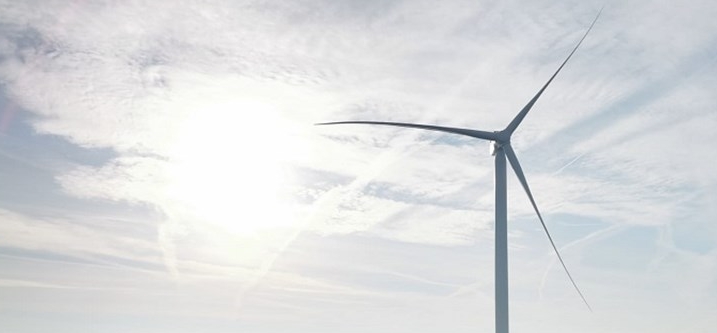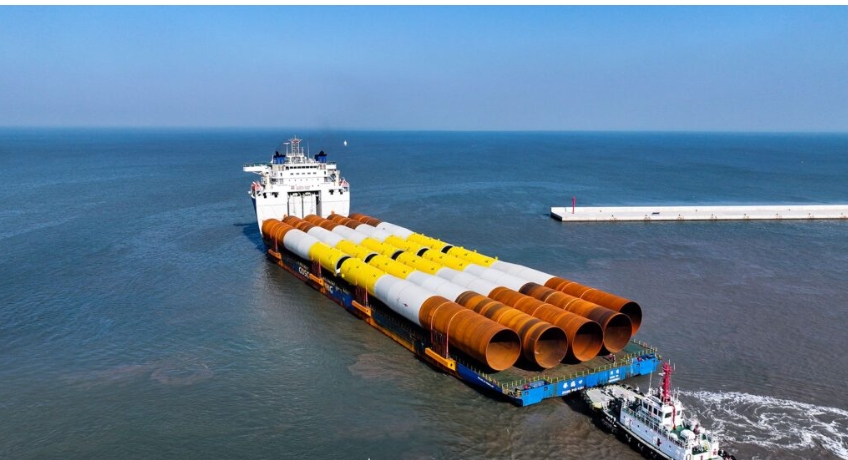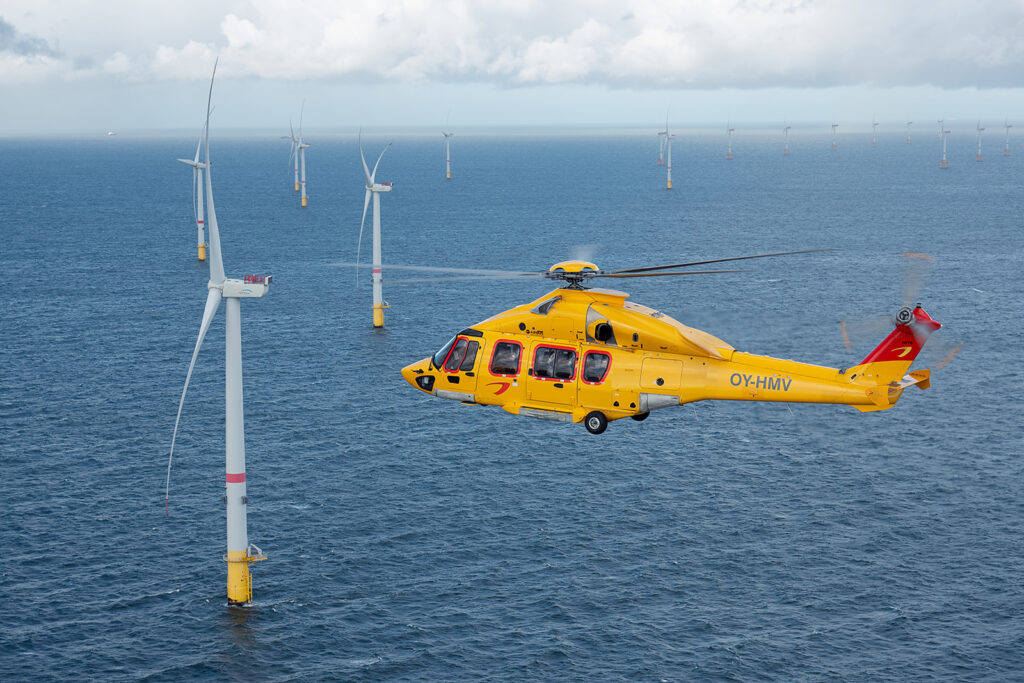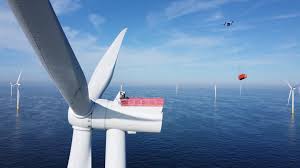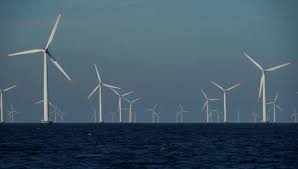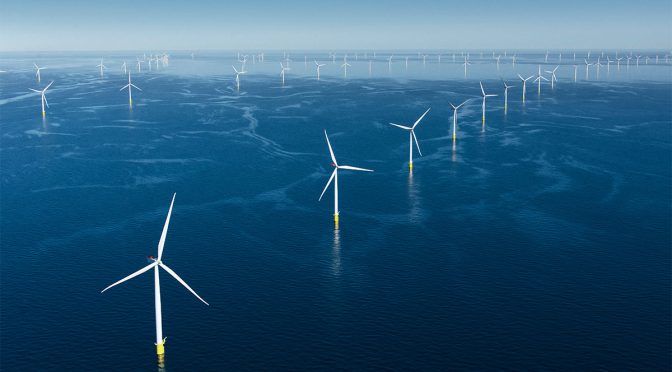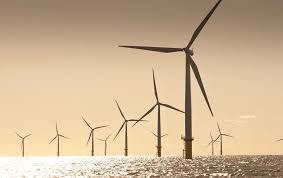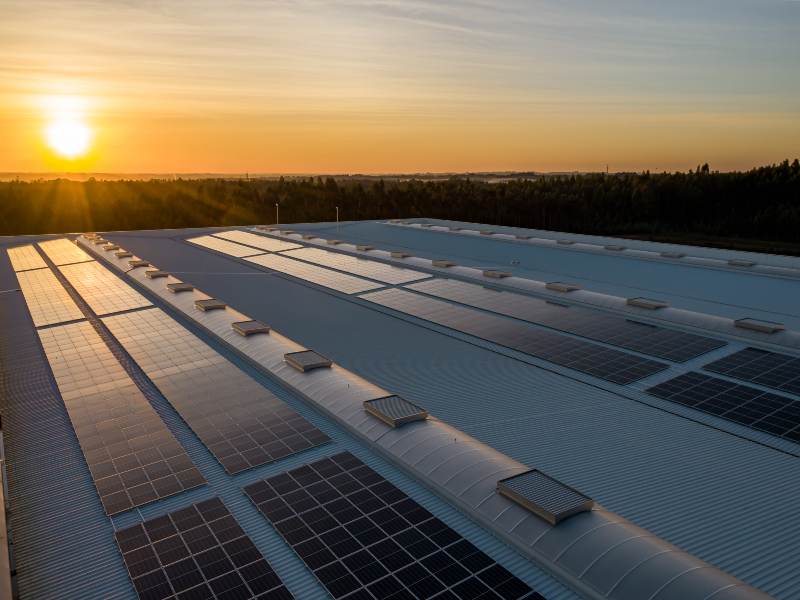
Photo by Nuno Marques on Unsplash
While both wind and solar delivered Europe through the energy crunch by generating more than a fifth of EU electricity in 2022, it was solar power that made the biggest impact, setting electricity generation records and saving billions in imported gas costs.
This was one of the key findings in the European Electricity Review released by independent energy think tank Ember.
According to the report, wind and solar generated a record fifth of EU electricity in 2022, for the first time overtaking fossil gas (20%), and remaining above coal power (16%).
However, the shift away from fossil fuels was put on hold by unexpected French nuclear outages as German nuclear units were closing, as well as a 1-in-500 year drought across Europe, leading to the lowest level of hydro generation since at least 2000.
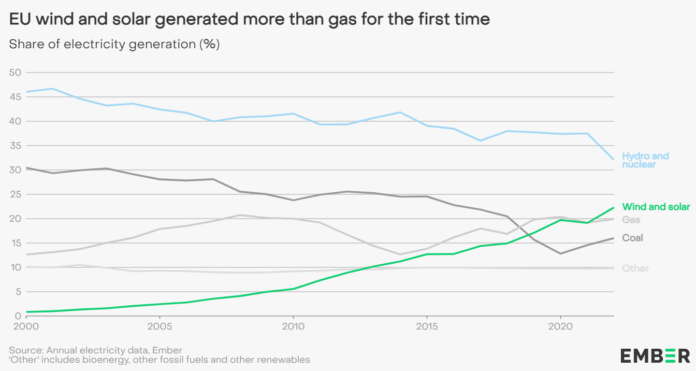
Ember data noted that this created a large 185TWh gap in generation, equal to 7% of Europe’s total electricity demand in 2022. Five-sixths of the gap was met by more wind and solar generation and a fall in electricity demand. But the remaining sixth was met by increased fossil generation.
In context, the rise in fossil fuel was not substantial: coal power increased by just 1.5 percentage points to generate 16% of EU electricity in 2022, remaining below 2018 levels.
The report predicts a positive outlook for 2023, with a rebound in hydro, the return of French nuclear units, continued acceleration of wind and solar and a further fall of electricity demand.
Only the beginning of Europe’s solar surge
According to the report, solar generation rose by a record 39TWh (+24%) in 2022, helping to avoid €10 billion ($10.8 billion) in gas costs. This was due to record installations of 41GW in 2022, 47% more than was added in 2021.
Twenty EU countries achieved their highest ever share of solar electricity. The Netherlands was the leader, producing 14% of its power from solar—overtaking coal generation for the first time.
Greece ran solely on renewables for five hours in October and is expected to reach its 2030 solar capacity target of 8GW by the end of 2023, seven years early.
Key report findings
Coal generation fell in all four of the final months of 2022. It dropped by 6% (-9.6TWh) from September to December compared to the same months in 2021.
EU electricity demand has begun to fall fast—dropping by 7.9% in Q4 2022 compared to the same period the previous year—close in scale to the 9.6% fall witnessed in Q2 2020 when Europe was in lockdown.
Fossil generation rose 3% in 2022. Based on the latest industry projections, this will not be repeated in 2023. Europe’s wind and solar industry groups show solar and wind generation should rise by about 20%, hydro stocks have nearly normalised and electricity demand will likely continue to fall in the short term.
Based on these indications from the industry, Ember estimates that fossil generation could plummet by 20% in 2023, double the previous record from 2020. Coal generation will fall, but gas generation will fall the fastest, since it is expected to remain more expensive than coal until at least 2025 based on current forward prices.
The power sector is likely to be the fastest falling segment of gas demand during 2023, helping to bring calm to European gas markets as Europe adjusts to life without Russian gas.
According to the report, Europe has avoided the worst of the energy crisis with Europe’s clean power transition emerging from this crisis stronger than ever.
Dave Jones, Ember’s head of data insights said in a statement: “Not only are European countries still committed to phasing out coal, they are now striving to phase out gas as well. The energy crisis has undoubtedly sped up Europe’s electricity transition. Europe is hurtling towards a clean, electrified economy, and this will be on full display in 2023. Change is coming fast, and everyone needs to be ready for it”.

